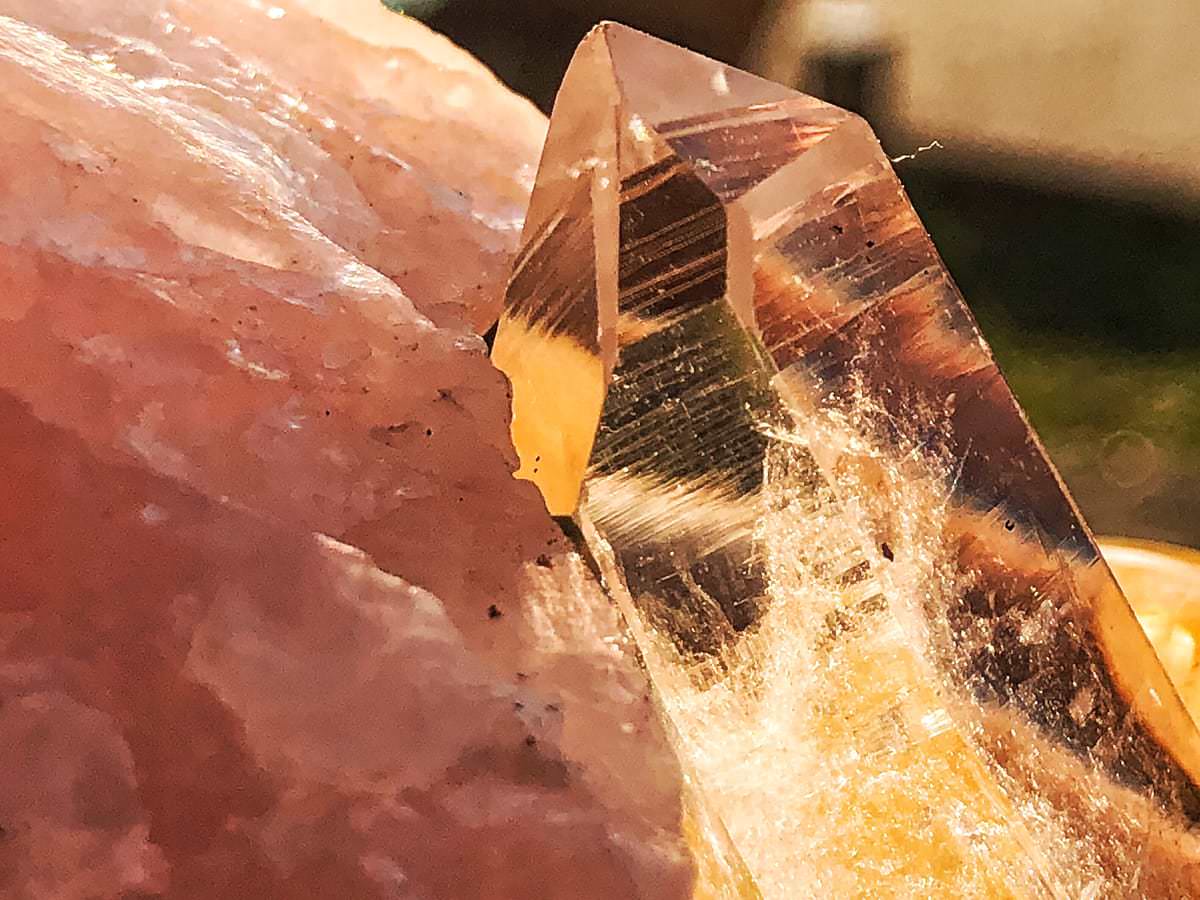How to Identify Rocks

Have you ever wondered how to identify rocks? In this article, we will talk about six different ways to recognize a rock.
- What color is your rock or mineral?
Different rocks and minerals are composed of different chemicals and elements. Because of them, the colors of the rocks/minerals vary. It is important to consider the environment the rock has been in, however, weathering and exposure to chemicals can change the color of your rock or mineral. Color can be used to help identify a rock, but it is not the best way.
2. Does the rock/mineral reflect light?
The way the rock/mineral reflects light is called luster. Is the surface very metallic? Or does it have a pearl-like appearance? Mabey, its dull and does not reflect light.
3. How hard is your rock/mineral?
You can test this by scratching other surfaces with your rock. There is a scale called the Mohs Hardness Scale that compares the hardness of common rocks/minerals.
4. If you rub the rock/mineral across a surface like a concrete sidewalk, what mark does it make?
The mark or color left behind when you rub the rock/mineral against a rough surface is called the streak.
5. Describe the way your rock/mineral breaks.
Some rocks or minerals break in sheets. Some break in chunks, like cubes. And others will break, leaving jagged edges. The word used for this characteristic is cleavage.
6. Does the rock react if you expose it to an acid (like vinegar)?
Applying an acid to a rock/mineral can help identify which chemicals the rock is composed of. Some materials such as calcium will react and bubble when exposed to acids.




